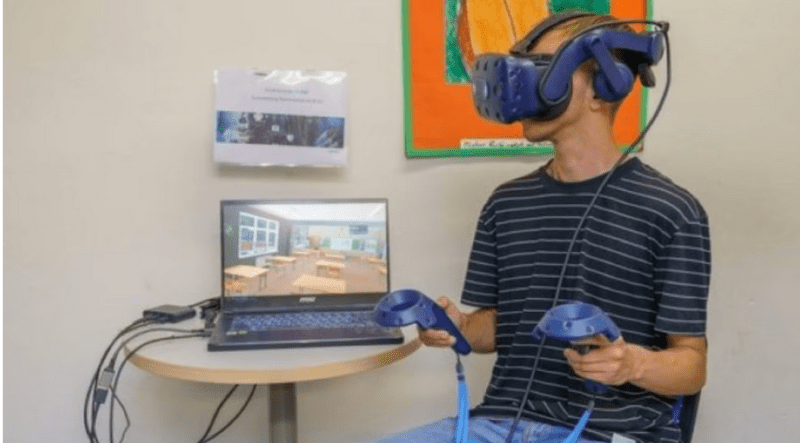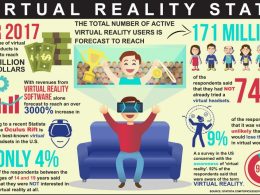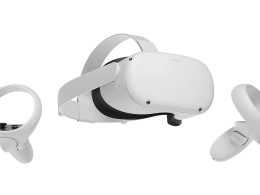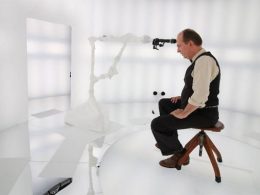In Germany, a research team is working on a new approach for a more accurate and realistic diagnosis of ADHD. The funder is the EU.
ADHD is one of the most common mental disorders in childhood and adolescence. Inattention, hyperactivity and impulsivity are among the three main symptoms of attention deficit hyperactivity disorder. In a class of 20 Swiss children, on average one child is affected by ADHD.
If the disorder is not treated, it not only affects the social environment and school and work performance. If left untreated, the symptoms can persist into adulthood and trigger serious secondary diseases. Therefore, early diagnosis is of great importance.
Diagnosis questioned
The diagnosis is made in different steps. In Switzerland, the American criteria (DSM) are used for children, adolescents and adults.
The three pillars of the assessment are the detailed history of the situation at home and at school, the assessment of standardised questionnaires from affected persons, parents and teachers, and the determination of cognitive performance. "These questionnaires, paper-pencil tests and simpler reaction time tasks on the computer are admittedly very sophisticated," notes specialist Christian Beste in a Communiqué notes. "However, even though the accuracy of the results has been scientifically verified, we more often came up against limits with the diagnoses made with them and their relevance for the everyday life of those affected."
Christian Beste is head of the German research group "Cognitive Neurophysiology of the Clinic for Child and Adolescent Psychiatry and Psychotherapy" as well as director of the University Neuropsychology Centre (UNC) and knows what he's talking about: "I always get feedback after these tests that the children and adolescents seem much more concentrated and capable when filling out the questionnaires in the clinic than in everyday life itself."
Researchers enter new territory with virtual classroom
In order to obtain more valid predictions about performance in the future, it is therefore important to eliminate this discrepancy in diagnostics. "This is particularly relevant for questions concerning the cognitive performance of patients.
Reason enough for the research team around the professor to shift ADHD diagnostics to environments that are more similar to everyday requirements than filling out questionnaires in the outpatient clinic. With this approach, the researchers are entering new territory.
In order to develop a practicable diagnostic tool that includes everyday scenarios, the research group decided to use a "virtual reality" (VR) application. For the time being, the programmed environment is a classroom. The application is intended to put the children and adolescents in a situation in which the deficits and symptoms associated with the disease become more clearly recognisable.
The innovation project "Development of a virtual environment for personalised diagnostics and therapy of cognitive functions" is funded by the EU. It is intended to be used in different areas to test attention and memory functions or planning thinking, among other things, and to reduce deficits in training sessions in the future.
According to the communiqué, in the areas of diagnostics and therapy, the individual requirements of the person concerned, for example at school or at work, are to be taken more into account and thus personalised.
Test phase underway
After an initial test phase, which will mainly focus on the function and practicability of VR-based diagnostics, scientific studies will follow at a later stage to evaluate the precision of the new procedure.
Source: medinside









